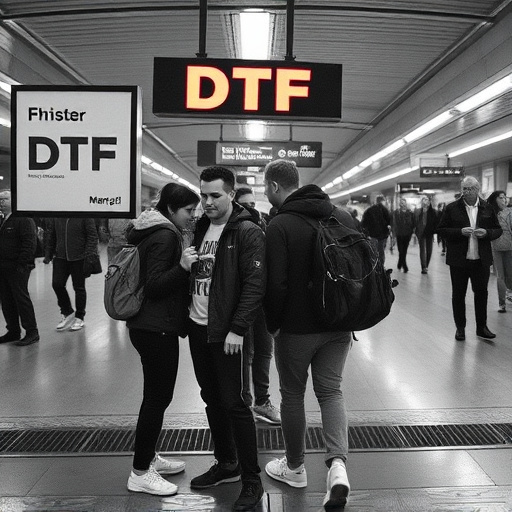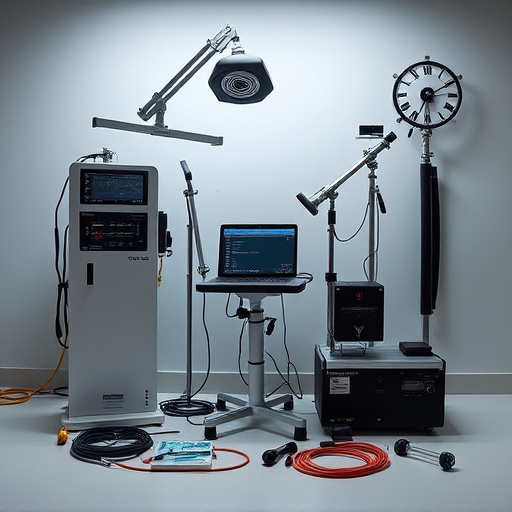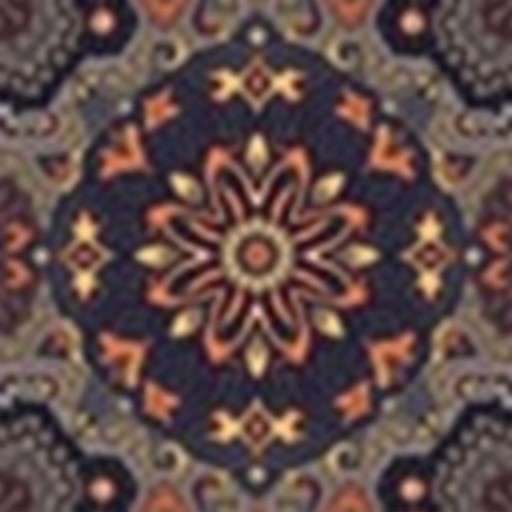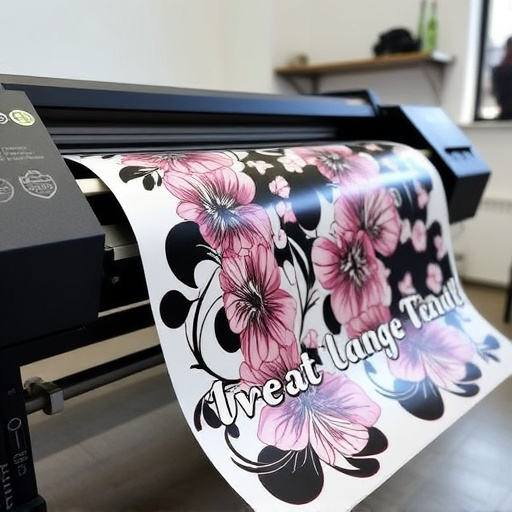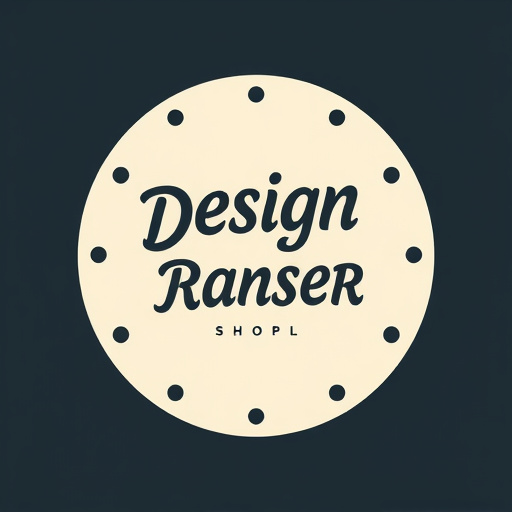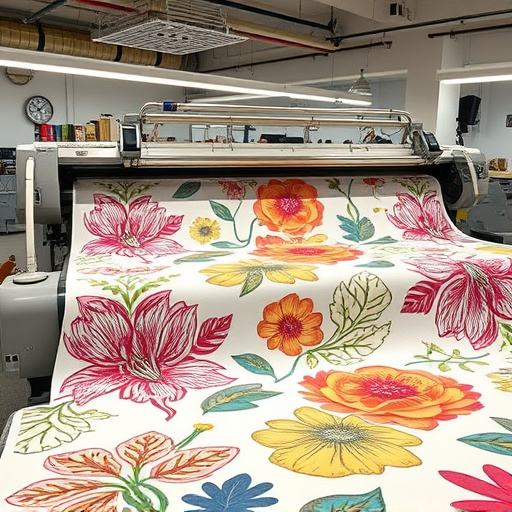DTF (Direct to Fabric) technology offers a cost-effective solution for print-on-demand apparel, enabling high-quality design printing on various fabrics using specialized printers and transfer films. This method streamlines production by eliminating the need for separate plates or screens, making it ideal for bulk shirt production and diverse material applications. By strategically choosing DTF prints, transfer sheets, user-friendly software, automated cutting systems, and exploring bulk purchasing, businesses can effectively manage costs while delivering custom designs with DTF transfer sheets suitable for various budgets. Success stories in the apparel industry highlight significant cost savings without compromising quality using this innovative technology.
“Unleash the power of DTF (Data, Tools, and Features) cost-effective strategies for your business! This comprehensive beginner’s guide aims to demystify DTF optimization, offering a step-by-step approach to efficient data management. From grasping the fundamentals to implementing powerful strategies and exploring real-world case studies, you’ll discover how to enhance operational efficiency without breaking the bank. By the end, you’ll be equipped with actionable insights for maximizing your DTF potential.”
- Understanding DTF Cost Effective: The Basics
- Strategies for Implementing Cost-Effective DTF Solutions
- Case Studies: Real-World Success Stories of DTF Cost Efficiency
Understanding DTF Cost Effective: The Basics
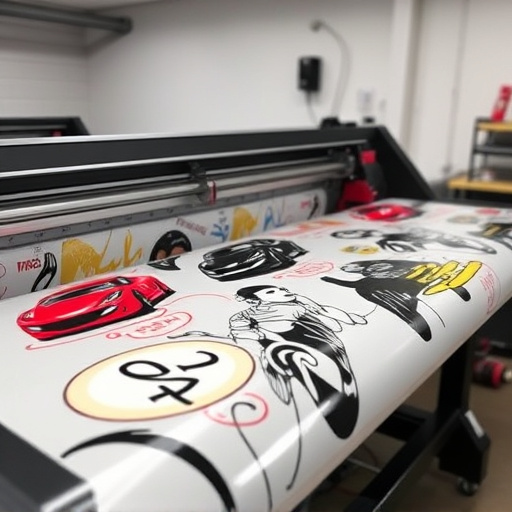
In the realm of print-on-demand and custom apparel, DTF Cost Effective (Direct to Fabric Transfer) stands out as a game-changer. This technology enables businesses and entrepreneurs to produce high-quality, personalized designs on various fabrics efficiently and at a reduced cost. The process involves using a specialized printer, typically a DTF printer, which applies design inks directly onto the fabric surface. Unlike traditional printing methods that require separate plates or screens, DTF offers a straightforward and versatile solution. It’s ideal for bulk DFT shirt production, making it a preferred choice for those looking to create custom apparel without breaking the bank.
Understanding the fundamentals of DTF Cost Effective is crucial. The method utilizes transfer films infused with ink, which act as temporary carriers for the design. These films are pressed or heated against the fabric, transferring the ink and creating a vibrant, long-lasting print. This technique is not limited to shirts; it can be applied to a wide array of materials, from tote bags to phone cases. For businesses aiming to streamline their production while maintaining cost-effectiveness, DTF transfer film offers a practical solution. By adopting this technology, entrepreneurs can efficiently cater to diverse customer demands and stay competitive in the market.
Strategies for Implementing Cost-Effective DTF Solutions
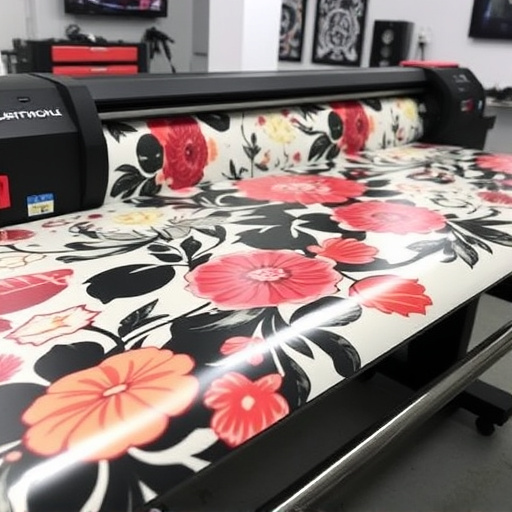
Implementing cost-effective DTF (Direct to Fabric) solutions requires a strategic approach that combines efficient materials, optimized processes, and innovative techniques. Start by selecting high-quality yet budget-friendly DTF prints and transfer sheets. Look for options that offer vibrant colors and long-lasting durability without breaking the bank. Next, streamline your design process using user-friendly software that allows for quick modifications and batch printing, minimizing waste and maximizing productivity.
Additionally, consider adopting automated cutting systems to reduce manual labor costs and ensure precise, consistent cuts for DTF for t-shirts. Regularly maintain your equipment to keep it running optimally, and explore bulk purchasing options for raw materials to secure better prices. By implementing these strategies, you can effectively manage costs while delivering high-quality custom designs using DTF transfer sheets, catering to a wide range of applications and budgets.
Case Studies: Real-World Success Stories of DTF Cost Efficiency
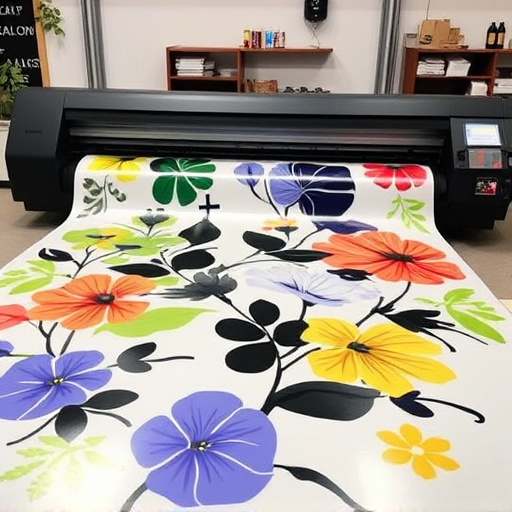
In the realm of DTF (Direct-to-Garment) printing, real-world success stories abound, showcasing the remarkable cost-effectiveness of this innovative technology. Case studies from various apparel manufacturers and designers highlight how DTF for apparel has revolutionized their production processes, offering significant savings without compromising quality. For instance, a small local clothing brand adopted DTF heat transfer paper to create custom sheets for heat pressing designs onto garments. This approach allowed them to streamline their design-to-production workflow, reducing labor costs by 30% and material expenses by 25%.
These success stories are not isolated incidents; many businesses have experienced similar transformations. A renowned fashion designer, known for her unique and intricate patterns, implemented DTF printing in her studio. By utilizing dtf heat transfer paper, she could produce limited-edition pieces with complex designs at a fraction of the cost associated with traditional printing methods. This shift enabled her to offer more affordable, yet high-quality, garments to her clientele, fostering growth and expanding her brand’s reach.
For beginners looking to embrace DTF (Direct-To-Consumer) strategies with a focus on cost-effectiveness, this guide offers a solid foundation. By understanding the core concepts and implementing practical solutions, businesses can navigate the DTC landscape efficiently. The included case studies demonstrate real-world success stories, highlighting the potential for significant cost savings without compromising growth. Embracing these principles can empower entrepreneurs to launch and scale their ventures successfully while maintaining financial prudence.



